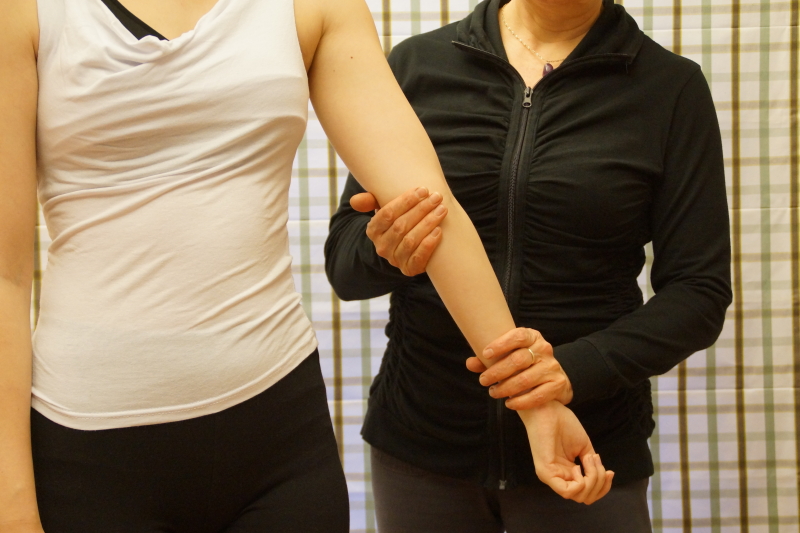

Also notable: Brian Jones of The Rolling Stones played the vibraslap in the Jimi Hendrix song " All Along the Watchtower" it is the thwack sound heard at the end of each bar in the intro. It can also be clearly heard near the beginning of " The Low Spark of High Heeled Boys" by Traffic, signalling the end of the prolonged fade-in and the start of the signature piano vamp. It can be heard on a number of famous rock songs like " Crazy Train" by Ozzy Osbourne, " Sweet Emotion" by Aerosmith, " Closer to the Heart,” by Rush, ” Orange Crush" by R.E.M., " A Change of Seasons" by Dream Theater, " Feelin' Alright" by Joe Cocker and throughout the aptly titled " Donkey Jaw" by America. 1 hit single " Green Tambourine" by The Lemon Pipers and is frequently and prominently used in the music of the alternative rock group Cake. The vibraslap can be heard very clearly on the 1967 US No. ( August 2018) ( Learn how and when to remove this template message) Unsourced material may be challenged and removed. Please help improve this article by adding citations to reliable sources in this section. This section needs additional citations for verification. The vibraslap comes in a variety of sizes and materials and is sometimes marketed under the name "Donkey Call", "Donkey Rattle", "Chatterbox" or "Rattleslap." The instrument was carried by enslaved people to South America where it became known as the Quijada. This is the lower jawbone of a donkey or a zebra which has loose teeth that rattle when the instrument is struck. The vibraslap descended from the African "jawbone". So I took that concept and invented the Vibraslap, which was my first patent." Origins I found out that it was an animal skull that you would strike, and the sound would come from the teeth-rattling in the loose sockets. Cohen was told by percussionist Bobby Rosengarden, "If you want to make some money, make a jawbone that doesn't break." About the inventing process, Cohen remembers, "I had never seen a jawbone before, but I had heard one on a Cal Tjader album. The vibraslap was invented by Martin Cohen in 1967. The vibraslap was the first patent granted to the instrument manufacturing company Latin Percussion. The instrument is a modern version of the jawbone.

The box acts as a resonating body for a metal mechanism placed inside with a number of loosely fastened pins or rivets that vibrate and rattle against the box. The percussionist holds the metal wire in one hand and strikes the ball (usually against the palm of their other hand). The vibraslap is a percussion instrument consisting of a piece of stiff wire (bent into a U-shape) connecting a wooden ball to a hollow box of wood with metal “teeth” inside.

Latin Percussion vibraslap showing metal teeth


 0 kommentar(er)
0 kommentar(er)
